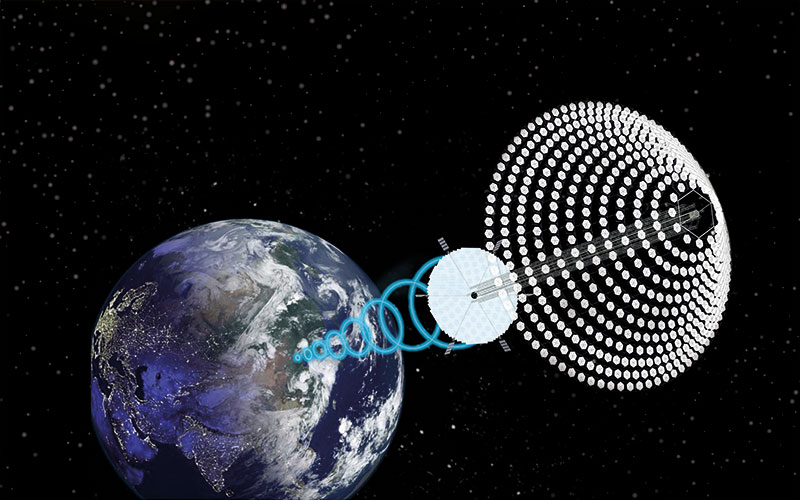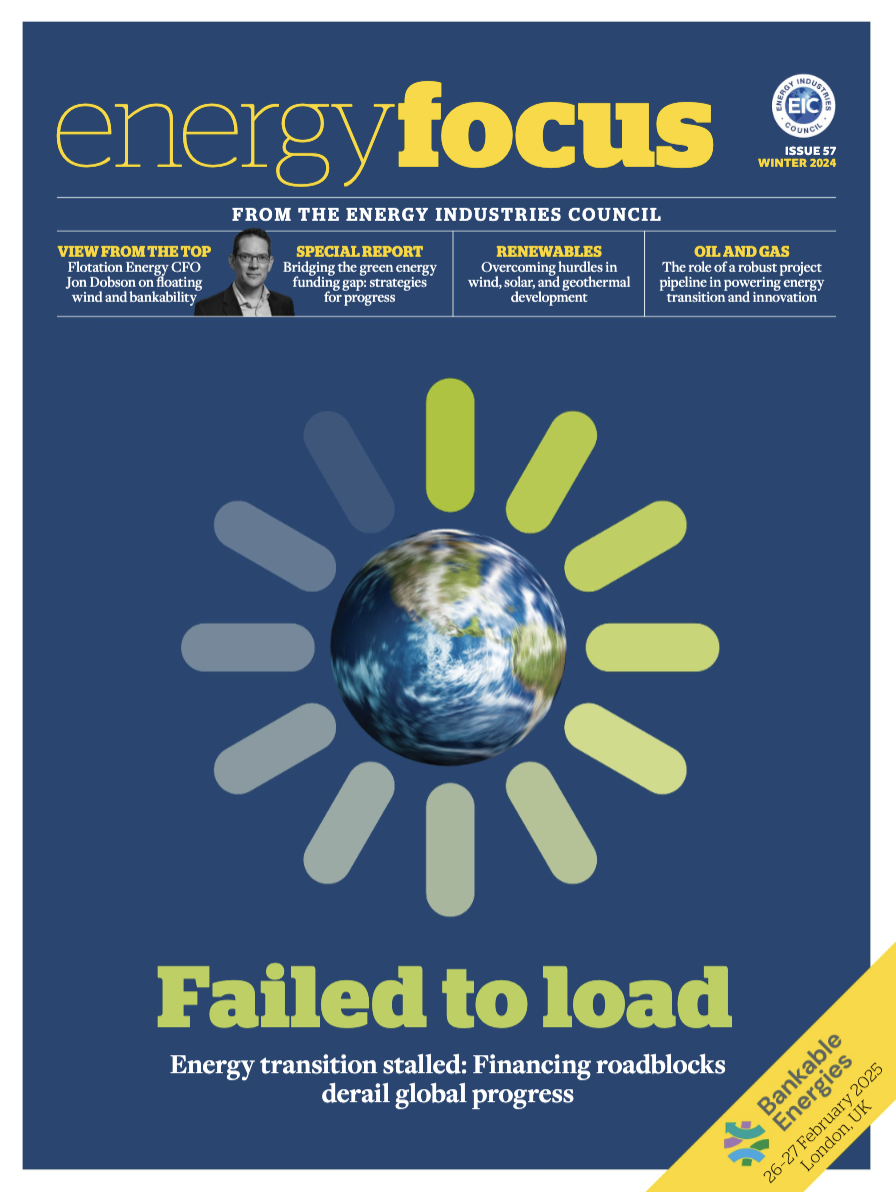Space: The final frontier
Q&A: Dr Paul Jaffe at the US Naval Research Laboratory talks to Energy Focus about how close we are to the reality of space-based solar power

What are the key drivers behind space-based solar power?
Space solar has four key selling points: it’s clean, it’s constant, it’s globally transmissible, and it’s effectively unlimited. While several emerging energy sources can claim to be clean, there is only a small subset that can also claim to be constant. No other energy source can be transmitted globally.
The need for clean, baseload energy is only increasing. This is a critical problem to solve for continued global prosperity. Several key elements have changed in recent years that make space solar worth a close look:
- The way we manufacture satellites is changing. Rather than being one-of-kind, labour-intensive creations, there is now a bona fide trend towards mass production. This is driving the cost per unit mass for spaceflight hardware to new lows.
- There have been key advancements in electronics for power conversion and lightweight materials for space. This means the specific power (W/kg) of space hardware is now able to greatly increase.
- We have entered the era of commonplace rocket booster reusability. Elon Musk’s SpaceX has now been reusing its rockets for years, and launch costs are starting to come down. Jeff Bezos’ Blue Origin and others are not far behind.
- Important advances in space robotics mean we have a path to the means to assemble large satellites in orbit. This technology unlocks a new paradigm for building space systems.
Taken together, these factors point to an increased chance that space solar can compete in the future with the cost of even the cheapest sources of energy today.
What is space-based solar power and how does it work?
Simply put, space solar is collecting sunlight in space – where it is brighter than anywhere on Earth – and sending it wirelessly to wherever it is needed. There are several ways this could be done, and the idea has been examined in various incarnations since the 1960s. The power beaming link in particular could be accomplished with either microwave or optical transmission technology, and solar collection could be done with photovoltaics or a heat engine. There are literally dozens of different proposed architectures. Recent technological advances shed new light on several of the approaches and have suggested new ones.
A key benefit of space solar is its ability to redirect energy globally without the need for moving mass or the reliance on existing grid infrastructure. Space solar could enable the transmission of energy to the developing world; to temporary or remote defence, mining, or research facilities; or to areas that have been ravaged by natural disasters.
How far has this game-changing technology come in proving its feasibility?
It still has some way to go. Some very compelling power beaming demonstrations were conducted by NASA in the 1970s, but since then technology development has been relatively slow. There are exciting recent developments, but it will likely still be many years before a pilot system is demonstrated.
What is now needed to make the technology a reality?
There are formidable, but not insurmountable, hurdles on multiple fronts. For microwave power transmission, there is a big regulatory challenge in getting a spectrum allocation, as the spectrum is already quite crowded. Lasers transmission offers an opportunity around this, but faces other challenges, like dealing with cloud cover. Any power beaming approach will need to offer reassurance that it will be safe. The technology for this is less of a challenge than most people probably think, but public perception is obviously very important, as nuclear power has shown us.
Undoubtedly, the economic challenges are significant. Compelling pathfinder demonstrations could probably be accomplished for tens or hundreds of millions of dollars, depending on their scale. It will likely take billions of dollars to get to a system that can provide meaningful, usable power from space to widespread end users. Because of the long development time – in the order of 10 years – it is challenging to attract private capital.
The development approach could follow one of several models:
- The Global Positioning System (GPS), in which a government undertook the development and risk. Today, we recognise GPS as a critical service, and other countries around the world have consequently developed their own navigation satellite systems, but when GPS commenced in the 1960s it surely seemed outlandish in scale.
- Today, a coalition of countries (including China, the European Union, India, Japan, Russia, South Korea and the US) is working on the International Thermonuclear Experimental Reactor for fusion technology. A similar effort might be constituted for space solar.
- Communication satellites were catalysed in part by the Communications Satellite Act of 1962 and related efforts through the International Telecommunications Union. It’s possible industry could be incentivised to invest in space solar technology in a similar way.
Who will win the space solar race?
And when do think we will all be accessing space solar power? In the end, it boils down to political will. With strong leadership, the US was able to successfully send people to the moon in less than 10 years. Today, any of several countries could seize the initiative for space solar. The prospect of effectively becoming the electrical utility for the world, or perhaps the ‘Saudi Arabia of clean energy’, has major economic and geopolitical implications.
About Dr Paul Jaffe
Widely recognised as one of the world’s leading experts in space solar, Dr Paul Jaffe is an electronics engineer and researcher at the US Naval Research Laboratory (NRL). During his 25 years at the NRL, he has worked on dozens of space missions and breakthrough technology development projects. For the last 10 years, he has studied and developed technology for power beaming and solar power satellites.






Follow us
Advertise
Free e-Newsletter